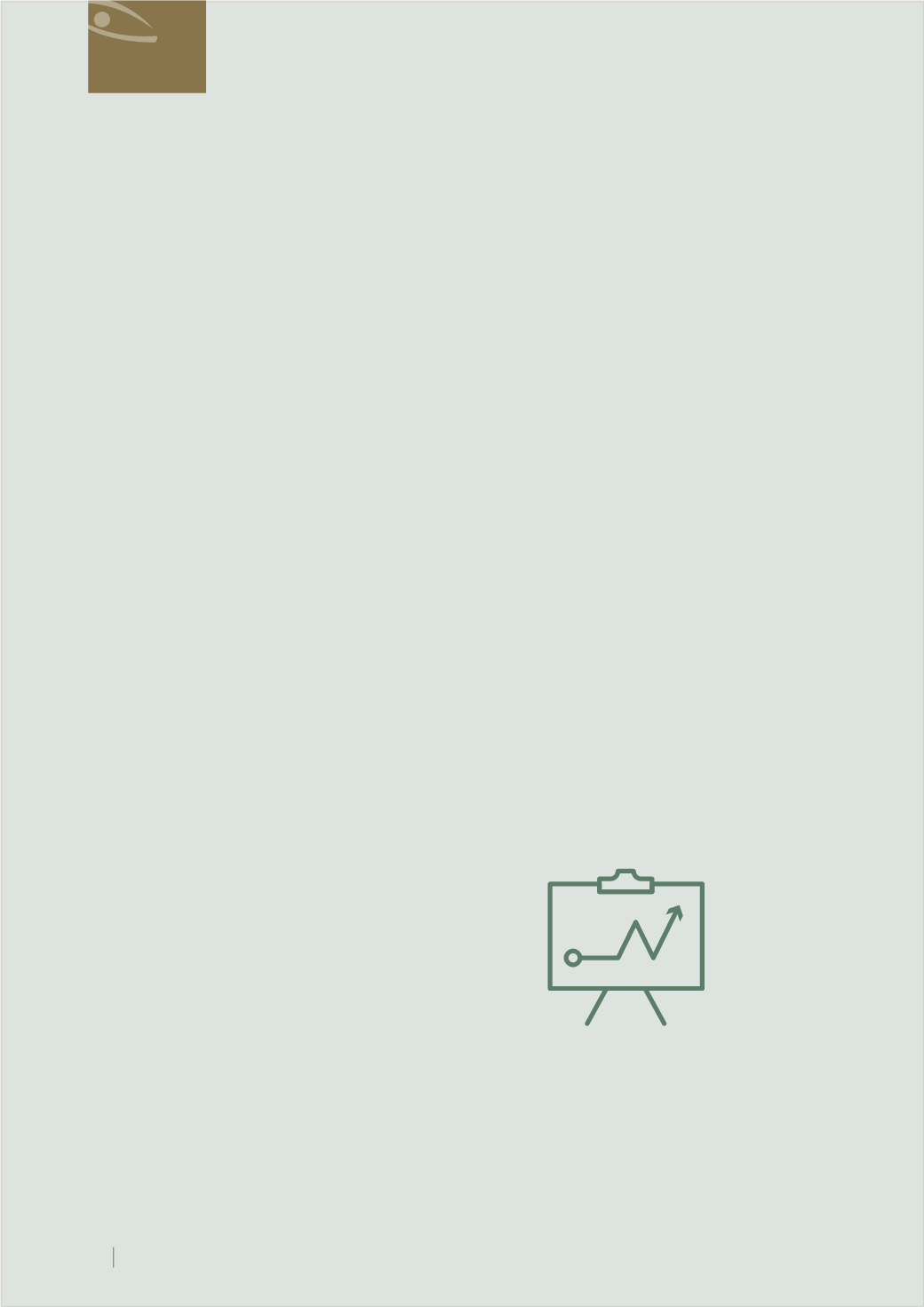
64
ALRAQABA . ISSUE 15
Publications
evidence, mainly:
- Review of documentation.
- Review of accounts.
- Inquiries.
- Physical inventory.
- Interconnection and comparison of the
inspected data.
There is a perceived correlation between the
data raised by a sound accounting system.
Such correlation would lead to enhancing
the confidence of the auditor in the validity
of extracted data, and therefore would be
considered as reliable proof of evidence.
There is a range of correlations that may exist,
such as the relation between total profit and
sales, between the inventory of goods and
sales, and between different expense items
and the number of sales. Those relations are
usually represented in percentages, which are
then compared against those achieved by the
company during the previous years.
The auditor should notice the comparability of
data and the relations between the different
items. In case of no correlation between the
items, the auditor should then extensively study
the matter. Just as regularity and uniformity of
data between the different years strengthen
the auditor’s confidence in the accounts, the
incomparability and variations noticed between
data shall raise questions and urge the auditor
to investigate the causes further until he/she is
fully convinced. The auditor may compare the
actual amounts with the estimated amounts,
given that a well-set estimated budget is proved
to be an effective tool for control. Comparisions
may also be made between one period of time
and another through a general trial balance.
Further, the auditor shall review the accounts
and data included in the following statements:
1.Statement of Income.
2.Statement of Comprehensive Income
3.Statement of Financial Position (Budget).
4.Statement of Changes in Equity.
5.Statement of Cashflow.
In addition, the auditor shall review the financial
statements and reports of the controllers and
board of directors. He/she should also be aware
of the regular and irregular competencies of the
company’s general assembly.
Fourth: Reporting Phase
The auditor must present written reports on
the audit findings. Those reports are originally
aimed at documenting the outcome of the
audit work as well as informing officials and
the concerned authorities about the results of
the inspection and audit processes. Reporting
is also intended to follow up and ensure that
appropriate corrective actions have been
considered and put into effect.


